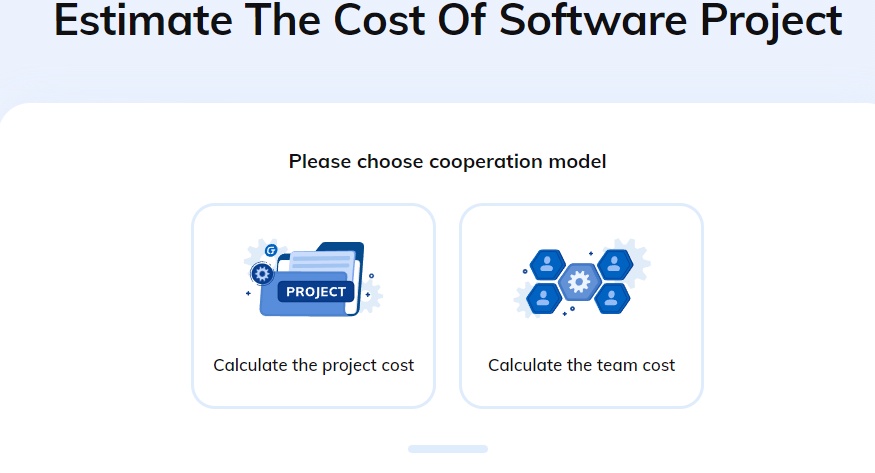Introduction
In today's digital age, software development has become a cornerstone of business operations across industries. From startups to multinational corporations, the need for custom software solutions is ever-present. However, one common challenge that businesses face is calculating software development costs accurately.
Understanding the Factors
1. Scope and Complexity
The scope of the project and its complexity are two critical factors that heavily influence software development costs. A simple web application will cost significantly less than a complex enterprise-level software system with intricate functionalities and integrations.
2. Technology Stack
The technology stack chosen for the project plays a crucial role in determining costs. Different technologies have varying development costs, licensing fees, and scalability considerations. For instance, developing a mobile app for iOS and Android platforms may require different skill sets and thus impact costs differently.
3. Development Team
The composition and location of the development team also impact costs. Hiring local developers in regions with high living expenses may result in higher hourly rates compared to outsourcing to offshore development teams. Additionally, the size of the team required for the project and their level of expertise influence costs.
4. Project Management
Effective project management is essential for controlling costs throughout the development process. Utilizing agile methodologies, employing experienced project managers, and maintaining clear communication channels can help mitigate risks and avoid costly delays.
Estimation Techniques
1. Bottom-Up Estimation
Bottom-up estimation involves breaking down the project into smaller tasks and estimating the time and resources required for each task individually. This method provides a granular view of the project and allows for more accurate cost estimates.
2. Analogous Estimation
Analogous estimation relies on historical data from similar projects to estimate costs for the current project. By comparing the size, complexity, and requirements of past projects, teams can extrapolate cost estimates for new projects.
3. Parametric Estimation
Parametric estimation involves using mathematical models to estimate costs based on predefined parameters such as lines of code, function points, or user stories. While this method requires more data upfront, it can provide quick and accurate estimates once the parameters are defined.
4. Three-Point Estimation
Three-point estimation combines optimistic, most likely, and pessimistic estimates to calculate a weighted average. This approach accounts for uncertainties and risks associated with the project, providing a more realistic cost estimate.
Additional Considerations
1. Maintenance and Support
Beyond initial development costs, businesses must consider ongoing maintenance and support requirements. Updates, bug fixes, and technical support are essential for ensuring the longevity and performance of the software solution.
2. Scalability
Scalability is another crucial factor to consider when calculating software development costs. Businesses must anticipate future growth and ensure that the software solution can scale accordingly without significant additional costs.
3. Total Cost of Ownership (TCO)
The total cost of ownership encompasses not only the initial development costs but also ongoing expenses such as hosting, licensing, training, and upgrades. Understanding the TCO allows businesses to make informed decisions about their software investments.
Conclusion
Calculating software development costs is a complex process that requires careful consideration of various factors. By understanding the scope, technology stack, development team, estimation techniques, and additional considerations, businesses can accurately estimate and manage the costs of their software projects.


No comments yet